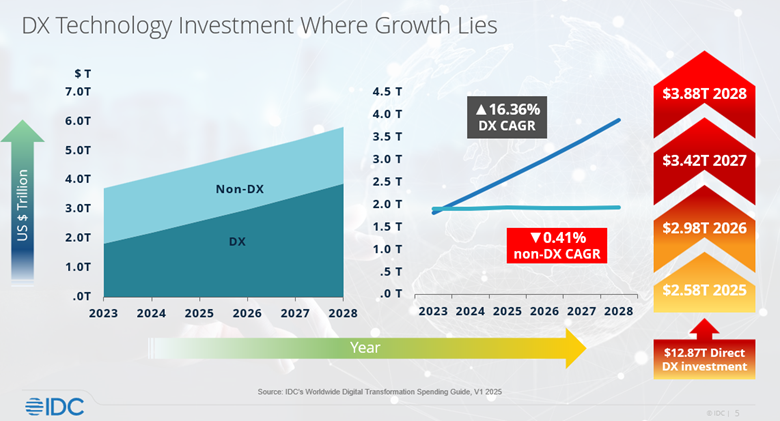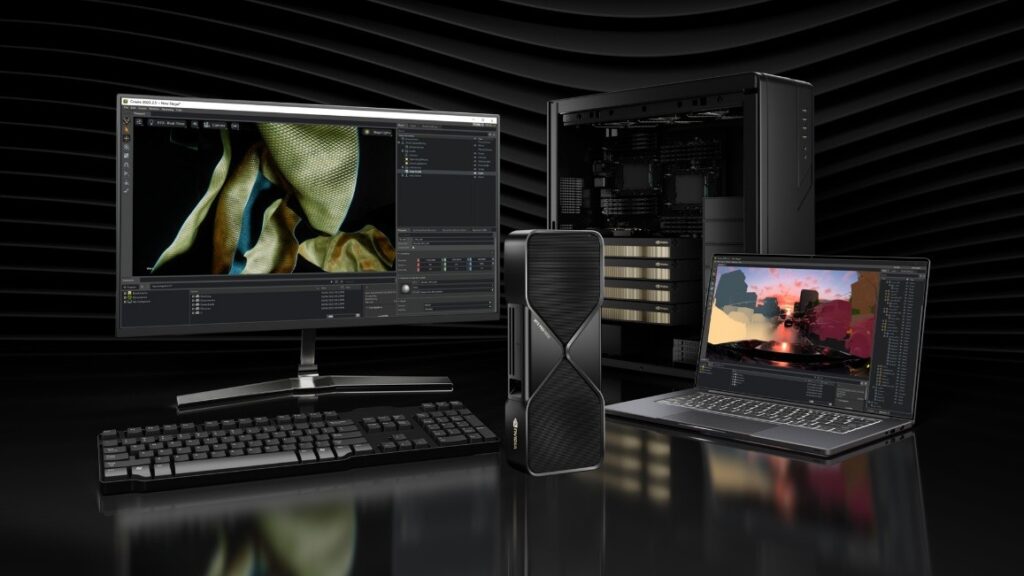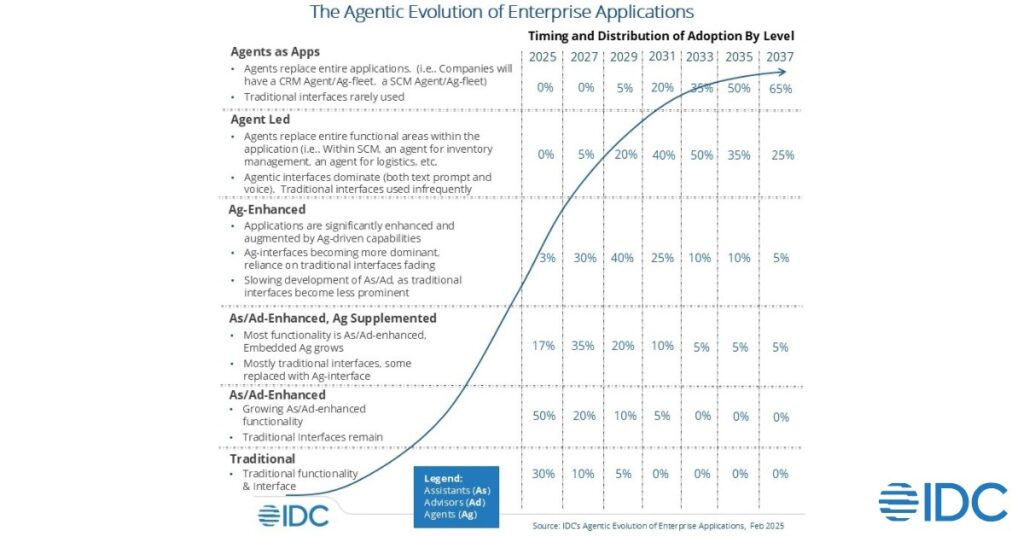Your Next Move: It’s Time to Capitalize on Marketing Your AI
“Everything, Everywhere, All at Once” isn’t just a movie; it’s an apt description of the place of AI in the world today. No matter where you look, AI has infiltrated every aspect of work and play. You have it in your products. Your competitors have it in theirs. How can you navigate and better understand this big market shift? What was once a bold product differentiator has become the baseline for attracting today’s digitally fluent tech buyers. Buyers who, in turn, are leveraging AI to search, compare, and choose vendors faster than ever. In fact, as of 2024, 74% of B2B tech buyers say they plan to buy more through eCommerce and engage less with sales reps over the next three years, up from 56% in 2019. As AI pushes this evolution even further, 70% of U.S. B2B buyers will rely on GenAI tools throughout their buying process by 2028. This evolving behavior is rewriting the product marketing playbook. Effective marketing has always been about strong positioning and creating real demand in the marketplace. If you can’t clearly communicate how your AI solution outpaces the rest, someone else will – and your C-suite knows it. The pressure to differentiate your AI is landing squarely on marketing’s shoulders. In an AI-saturated market, the question isn’t “Who has AI?” It’s “Who markets it better?” The Pressure Cascade: What Today’s Marketing Leaders Are Up Against Thirty-nine percent of executives expect CMOs and their teams to develop a new strategy for customer acquisitions in the next 12 to 18 months, according to IDC’s 2024 Worldwide CMO Priorities Study. Similarly, 31% of executives expect marketing to optimize costs and improve marketing ROI. C-suite leaders are raising the bar internally for marketing performance. In other words, CEOs, CFOs, and CIOs/CTOs now expect CMOs to own growth, ROI, and technology alignment. As the bar continues to rise, CMOs are pushing their teams harder to deliver more, faster, and with a measurable impact. This mounting set of expectations is what we call the Pressure Cascade. Without intervention, it overwhelms strategy, fractures execution, and stalls growth. Overcome the pressure with this eBook – Leading through Change: Capitalizing on Growth in the AI Technology Shift How Executive Expectations Are Reshaping Marketing Each executive brings a unique perspective to the table, and understanding their individual viewpoints is crucial for marketing teams to align, adapt, and lead effectively. CEO: “Marketing needs to show how we’re leveraging AI to evolve the business, not just the brand.” Takeaway: Marketing must lead the charge in transforming how the business shows up in the market, delivering business evolution that signals leadership and competitive strength. CFO: “If we’re investing in AI tools and content, I need proof that it’s tied to real opportunity and growth.” Takeaway: ROI is under the microscope. Marketing must prove how AI-enabled products generate revenue, reduce inefficiencies, and create measurable business value. CTO: “Marketing must accurately communicate the business value of our AI capabilities to the market.” Takeaway: Tech credibility matters. Marketing must translate complex AI capabilities into clear, trustworthy messaging that aligns internally with the technology roadmap and differentiates the business externally. In short: your CEO wants innovation, your CFO wants proof, and your CTO wants alignment. Learn about Marketing’s expanding role in the infographic – Rise of the Chief Market Officer What’s at Stake? AI has transformed your product, your buyer, and your internal expectations. And yet, many go-to-market (GTM) strategies haven’t caught up. When marketing fails to reflect this shift, the ramifications are real: campaigns stall, budgets shrink, strategies shift, and competitors with a differentiated AI value proposition surge ahead. Where CMOs Go from Here: Turning Pressure Into Performance CMOs are reframing internal conversations to reflect the new stakes, asking more urgent questions of their teams: “Where’s the real market data, not assumptions?” “How are our competitors using AI and how do we beat them?” “What’s the story that proves we’re ahead of the curve?” “What do our buyers really want and need?” These aren’t rhetorical questions. They point directly to the biggest barriers many marketing teams face today: Data gaps Too many strategies are still built on outdated assumptions or incomplete insights. Without reliable, real-time data, many marketing initiatives stall before they start. Competitive positioning As more companies adopt AI, differentiation becomes more difficult and more urgent. Being a fast follower isn’t enough when the C-suite expects marketing to lead. Narrative clarity Without a clear, compelling story that connects your product to business outcomes, even the most advanced capabilities fail to inspire confidence both internally and externally. This isn’t just about having AI. It’s about rewiring your GTM strategy to be insight-led, execution-focused, and ROI-driven. Surface-level product claims, vague positioning, and outdated assumptions don’t cut it when AI-savvy buyers and executive pressure leave no room for error. Your Next Move For CMOs ready to act, the upside is real. When marketed effectively, AI becomes a force multiplier: Enable smarter decision-making with predictive, real-time insights. Position your AI capabilities as a lasting competitive edge Build internal and external trust through a credible, future-facing narrative. Easing the Pressure Cascade is the key to capitalizing on the AI tech shift. Need resources to navigate the AI technology shift? Visit our dedicated resource center. Ease the Pressure Cascade With Trusted Tech Intelligence To navigate and understand big market shifts like AI, CMOs need research-backed technology intelligence. Access to analysis and insights grounded in real buyer data, peer benchmarks, and industry-wide trends enables CMOs and their teams to make evidence-based decisions. Here’s how data can fuel the right decisions for your company: Turn insights into action. Align on what matters most and take action with confidence. Inform competitive positioning. Understand how your competitors are using AI and where you can outpace them. Craft a future-forward narrative. Articulate a compelling story that resonates with buyers and stakeholders alike. Without trusted intelligence, the Pressure Cascade becomes a drag on execution and morale. With the right data and partners, it becomes your launchpad to lead change,
Your Next Move: It’s Time to Capitalize on Marketing Your AI Read More »







